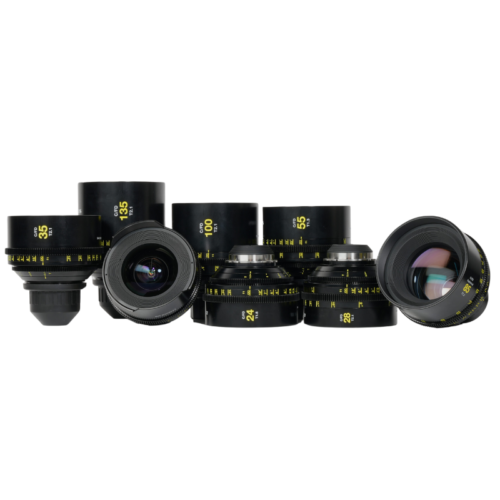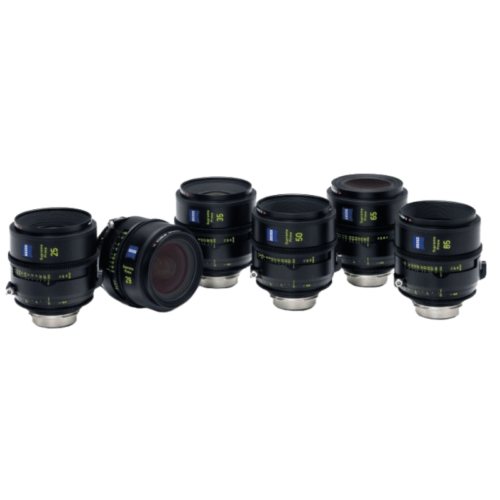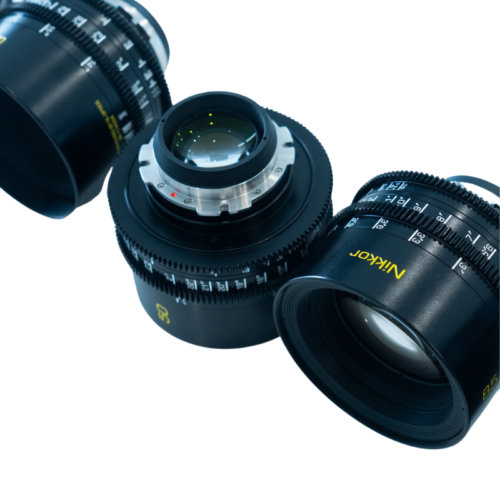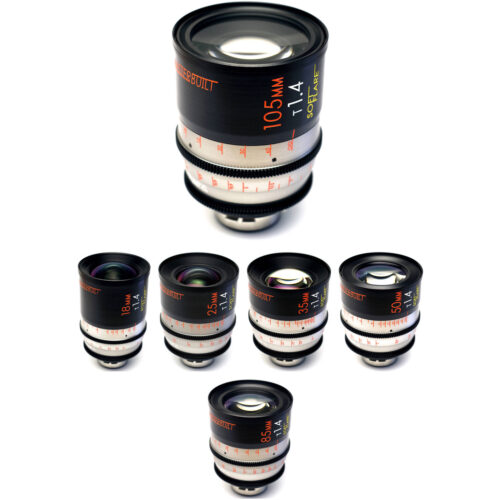Description
For more information about the CANON RANGEFINDER (by GL OPTICS) lenses, visit:
https://cinemaglass.com/product/gl-optics-rehoused-canon-rangefinder-6-lens-set/
| mm | 28mm, 35mm, 50mm, 85mm, 100mm, 135mm |
|---|
For more information about the CANON RANGEFINDER (by GL OPTICS) lenses, visit:
https://cinemaglass.com/product/gl-optics-rehoused-canon-rangefinder-6-lens-set/
| mm | 28mm, 35mm, 50mm, 85mm, 100mm, 135mm |
|---|





Opening Hours:
Mon – Fri: 9:00 am – 6:00 pm
Saturday: by appointment only
WE RENT TO LATIN AMERICA. ¡SE HABLA ESPAÑOL!
Llámanos al 305- 597-7359
© Copyright - 2025 | HD HOUSE | All Rights Reserved | Powered by Media Impacto